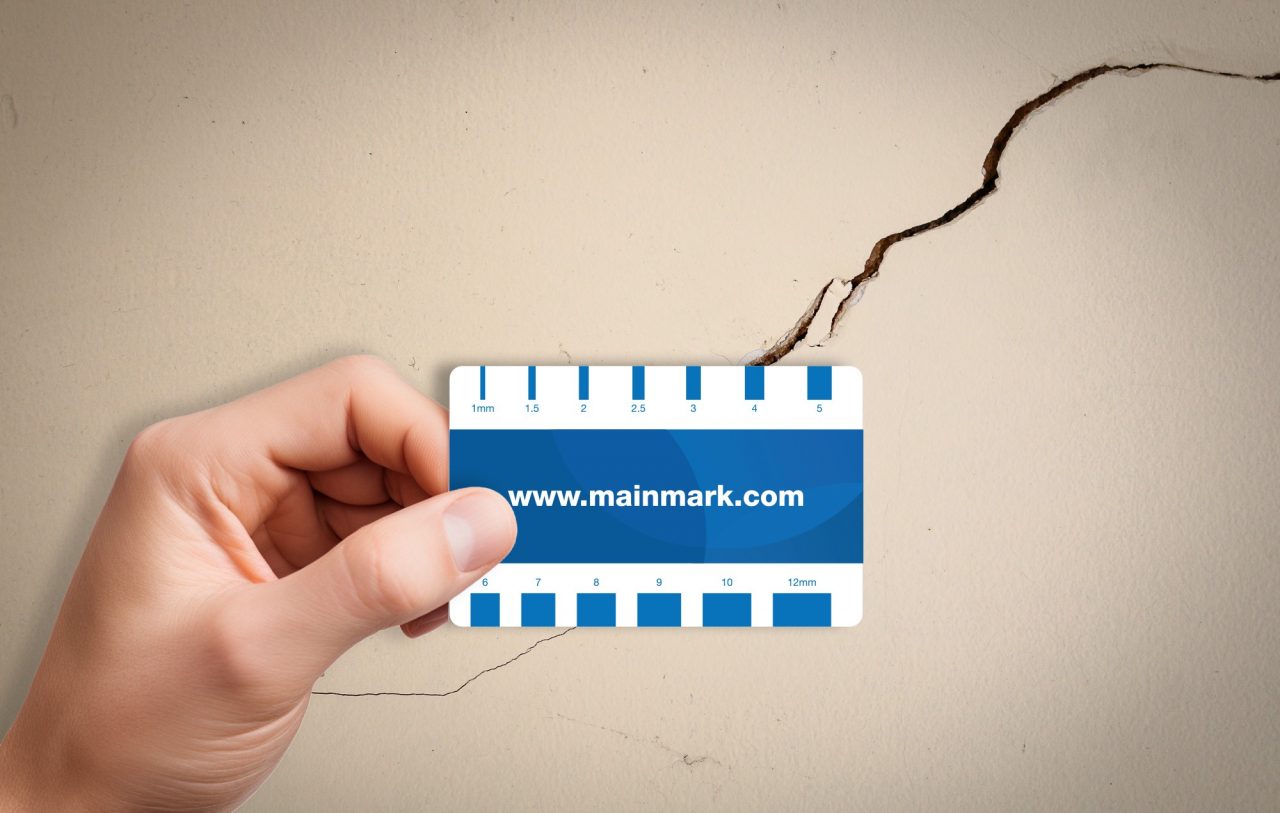Repairing subsidence cracks in concrete block foundations and walls can be more complex than regular cracks because they are often caused by the shifting or settling of the ground beneath your home.
Subsidence can lead to structural issues, so it’s crucial to address both the cracks and the underlying cause of the settlement.
Here’s a step-by-step guide on how to repair subsidence cracks:
Understanding the Different Types of Foundation Cracks
1. Identify the Cause of the Subsidence
Before proceeding with the crack repair, it’s essential to determine the underlying cause of the subsidence. This could be due to:
- Soil erosion: Moisture changes can cause the soil under the foundation to expand or contract.
- Poor compaction: If the foundation was built on loose or poorly compacted soil.
- Water leakage: Excess moisture causing the soil to erode or shift.
- Tree roots or vegetation: Roots can disturb the soil and cause uneven settling.
If you’re unsure about the cause or the subsidence is extensive, consult a structural engineer or foundation repair specialist to assess the situation.
2. Stabilise the Foundation (If Necessary)
If your home has suffered significant settlement, it’s crucial to stabilise the foundation before performing cosmetic repairs to the cracks. Common methods include:
- Underpinning: A process where additional support is added to the foundation by extending it deeper into stable soil.
Addressing subsidence often requires professional intervention, especially if the settlement is ongoing or severe.
3. Clean the Crack Area
- Clean the crack thoroughly: Use a wire brush or broom to remove any debris, dust, or loose concrete from the crack. This ensures that the repair material will bond effectively to the surface.
- Widen the crack (if needed): For larger cracks, you may need to widen them slightly using a hammer and chisel to create a V-shape. This provides more surface area for the repair material to adhere to.
4. Fill the Crack
There are different ways to fill subsidence cracks, depending on their size and severity:
- For hairline cracks: Use a masonry caulk or concrete crack filler. This can be applied using a caulk gun and smoothed over with a putty knife.
- For medium-sized cracks: Use a concrete patching compound or polymer-modified repair mortar. Mix according to the manufacturer’s instructions and apply it using a trowel, pressing it firmly into the crack. Smooth it to match the surrounding surface.
- For large cracks: Hydraulic cement or epoxy resin can be used for wider cracks. Hydraulic cement expands as it cures, filling the gap more effectively, while epoxy resin can bond tightly to the crack, making it ideal for structural repairs. Use a trowel to force the material into the crack and smooth it out.
5. Level the Surface
Once the crack is filled, use a trowel or putty knife to smooth the surface and make it level with the surrounding concrete block. It’s important to do this while the repair material is still wet but starting to set.
6. Seal the Repair (Optional)
For exterior foundation repairs, you might want to apply a waterproofing sealant over the repaired crack to prevent moisture from entering the foundation and causing further damage.
7. Monitor for Further Movement
Once you’ve repaired the cracks, it’s important to monitor the foundation for signs of further movement. If cracks reappear or continue to widen, the subsidence may not have been fully addressed, and you should consider consulting a foundation specialist to inspect the property.

Additional Tips
- Address the root cause of subsidence: If you don’t address the underlying cause of subsidence (e.g., water issues or soil instability), the cracks may return. Ensure proper drainage around the foundation, repair leaks, or manage tree roots to prevent future problems.
- Consult a professional: If the subsidence is significant or ongoing, repairing the cracks alone won’t solve the problem. You should consult a structural engineer or foundation repair like Mainmark to re-level the foundation.
Repairing subsidence cracks is an essential step in maintaining the structural integrity of your home, but the key is also addressing the root cause to prevent future issues.

Start measuring wall cracks from the convenience of your home.
If you notice wall cracks around your home that are:
Large cracks that start at windows, doorways or corners of buildings
Cracks wider than 5mm
Jagged, horizontal or vertical, zig-zagged, stepped in brickwork or follow mortar line
These characteristics may indicate weakness in your property’s foundation.
To help you discover if the cracks in walls around you home could be due to subsidence, we’ve developed this handy tool. Download our FREE crack gauge and start measuring and monitoring the wall cracks around your home now!
Cracked Wall Repairs
Before & After Treatment
Trusted by Homeowners Since 1989
Not all cracks in brickwork are cause for concern, but some can indicate serious structural issues. The key is to monitor the size, direction, and progression of cracks. Small, stable cracks are usually harmless, while widening, stair-step, horizontal, or bulging cracks may signal foundation problems that require professional attention.
Features & Benefits
Mainmark’s Solutions & Technologies

Fast
Our technologies have fast curing times and treated areas can be used immediately or without the delays compared to traditional repair methods.

Environmentally Inert
Our technologies use an inert material that is non-toxic and does not leach into the environment or affect the treated area.

Non-Invasive
Our solutions are of surgical nature compared to traditional methods.

Cost-Effective
Compared to traditional methods, our solutions are more cost-effective, with minimal disruption to the area.
Get a FREE quote
Arrange a site assessment in 3 simple steps:
Step 1
Submit your enquiry using our online form. Include a brief message about the type of foundation issues you are experiencing.
Step 2
Our friendly customer service team will be in touch to schedule a site assessment that suits you.
Step 3
One of the Mainmark experts will visit your home or property, assess the damage, and ascertain the likely cause. They will establish the approach needed, creating a plan specific to the needs of your building and provide you with a detailed quote.































